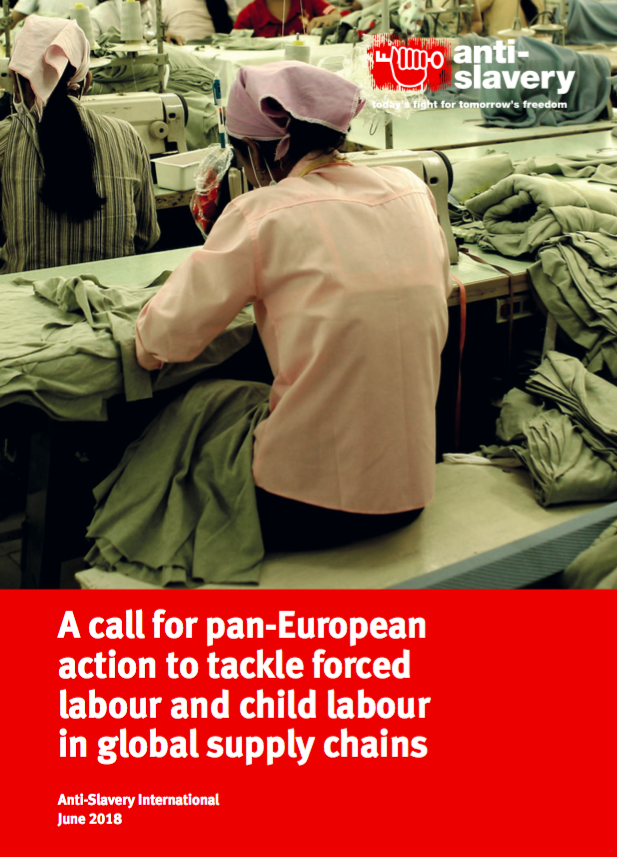Monitoring the Monitors: A Critique of PriceWaterhouseCoopers (PwC) Labour Monitoring
PublicationsThis report presents an assessment of the world’s largest private monitor of labour and environmental practices – PricewaterhouseCoopers (PwC). PwC performed over 6,000 factory audits in 1999, including monitoring for Nike, Disney, Walmart, the ...Read More

